If you're diving into mushroom gardening, the right substrate is key to a successful crop. Our mushroom substrate options are designed for all skill levels, from beginners to seasoned pros. Choose the perfect mix and watch your mushrooms thrive in your urban garden!
Mushroom Substrate
Discover top-quality substrates to grow your own delicious mushrooms at home
Product List
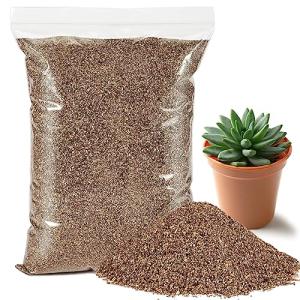
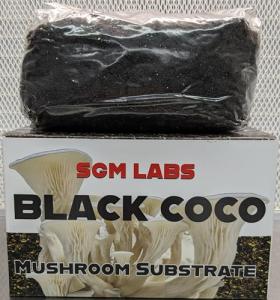
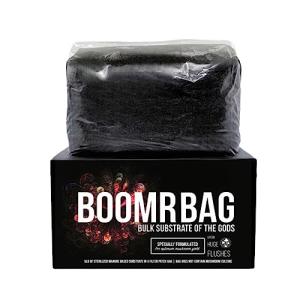
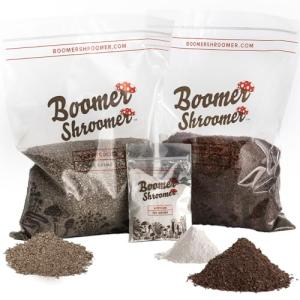
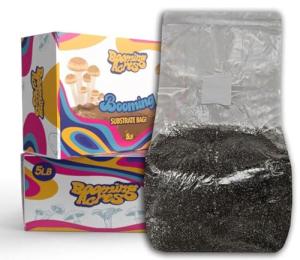
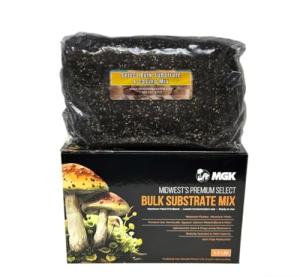
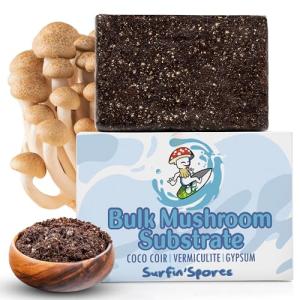
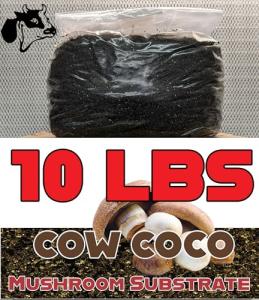
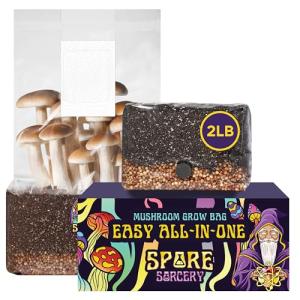
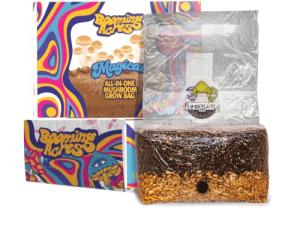
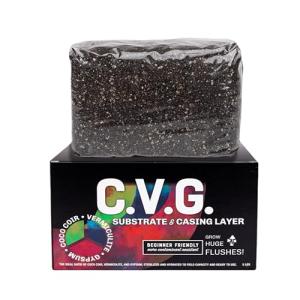
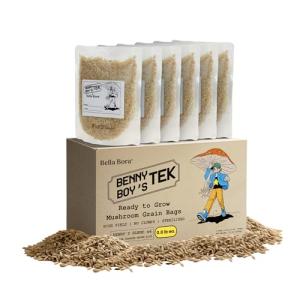
What Is Mushroom Substrate?
Hey there! If you're just dipping your toes into the world of growing mushrooms and the word "substrate" sounds like something from a sci-fi movie, don't worry—I'm here to break it down simply. Mushroom substrate is basically the "soil" or bed where mushrooms grow. Unlike regular plants that use dirt, mushrooms thrive on materials like sawdust, straw, coffee grounds, or even cardboard. It's the nutrient-rich base that feeds the mushroom's root system (called mycelium) as it spreads and eventually produces those tasty caps we eat. Think of it as a cozy home for your mushrooms to settle in and flourish. For beginners, pre-made substrates are a lifesaver, coming ready-to-use so you can focus on the fun part.
Why Choose Mushroom Substrate for Beginners?
Let's talk about why substrate is your new best friend in mushroom growing. As a newbie, you might feel overwhelmed by all the options, but starting with the right substrate makes everything easier. It's the foundation of successful growth, providing the food and structure mushrooms need without you having to be an expert. Affordable and versatile, substrates let you experiment in small spaces—like a corner of your kitchen—growing varieties such as button or portobello. It's a step toward self-sufficiency, fresher eats, and even reducing waste by using household scraps. Plus, it's satisfying to see your efforts turn into homegrown goodies, building your confidence one harvest at a time.
How Does Mushroom Substrate Work?
Okay, picture this: mushrooms aren't like veggies that sprout from seeds in soil. Instead, you mix mushroom spores or starters into the substrate, which acts like a buffet of nutrients. The mycelium (those white, web-like roots) spreads through the material, breaking it down and absorbing goodness. You keep it moist and warm, like nurturing a batch of dough rising. After a few weeks, mushrooms "fruit" or pop up from the surface, ready to pick. It's straightforward—bag it up, add water if needed, and wait. No fancy gear required; just a container and some patience, making it relatable to baking or brewing tea.
Top Tips for Selecting Quality Mushroom Substrate
Picking the right substrate? I've got your back with these easy tips. Look for pre-sterilized options to avoid starting with germs—brands often label them clearly. Match the substrate to your mushroom type: wood-based for shiitake, straw for oysters. Go organic if you want natural vibes, and check for freshness to ensure it's not dried out. If you're buying online, read reviews for user experiences. Start small with kits that include substrate, and consider pH-balanced ones for better results. These choices set you up for success without guesswork.
Things to Watch Out For with Mushroom Substrate
Even with something as simple as substrate, a few pitfalls can sneak up. Watch for contamination— if it smells off or shows weird colors, toss it to avoid health risks. Don't overpack it; mushrooms need space to breathe. Be cautious with homemade mixes if you're new, as they might not be sterile and could fail. Storage matters too—keep it cool and dry until use. If you're allergic to molds, handle with care. By spotting these early, you'll keep things smooth and safe.
Empowering Your Mushroom Substrate Journey
You've made it! Now you know mushroom substrate is your key to growing success, and you're ready to choose wisely. Start with a simple, trusted option, follow basic care, and watch your mushrooms thrive. Remember, it's okay to learn as you go—every batch is a lesson. Feel empowered to experiment, harvest fresh, and maybe even share with friends. You've got this; happy growing!